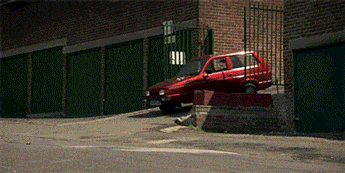tuga
Legal Alien
Always is overstretching it a bit.It’s funny isn’t it.
Some people who used to be able to afford to shop in M&S, Waitrose etc who now shop in Aldi etc due to lack of income often comment saying the meat etc is just as good.
It isn’t but maybe it makes them feel better about their current situation.
Point being entry level dacs/hifi has always been perfectly adequate.
I was an early adopter, buying my first DAC, an Audio Alchemy DDE v1, when it came out in 1991. This was later incremented by one of the first jitter 'filters', the original Audio Alchemy DTI, and I also added the higher performance power supplies that the manufacturer made available for both boxes.
Funny how it looks like things haven't changed that much (clocking, power supplies), although jitter is no longer a serious issue because most DACs re-clock their S/PDIF inputs and asynchronous USB doesn't suffer from jitter. USB is not an ideal interface but it (potentially) is a much better option (if well implemented) than S/PDIF (whether coaxial or Toslink).
Where I feel things have moved on significantly is in the reconstruction stage: in my experience upsampling and noise-shaping have improved Redbook reproduction significantly.
So what you get with a new DAC is next to no jitter when using a flawed interface (S/PDIF) and a (measurably) more accurate reconstruction of the signal.
But with audio being a preference-driven hobby, higher fidelity doesn't always equate to increased listening enjoyment.


